May is Ultraviolet Awareness Month

May is Ultraviolet Awareness Month, and as the weather gets warmer, many of us are anticipating fun in the sun to enjoy the outdoors. Before enjoying this season’s warm weather, are you ready to shield yourself from harmful UV rays? Spending extended hours under the mid-day sun or in UV-rich surroundings, be it at the […]
Recognizing the Symptoms of Cataracts
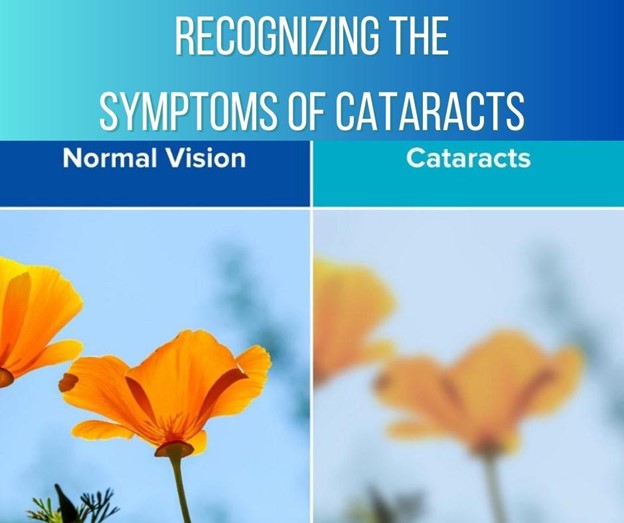
The eyes are often referred to as the windows to one’s soul. They are also the primary tools we use to navigate the world around us, from driving to reading to seeing the faces of those we love. However, as we age, the proteins in our lenses can start to clump together, leading to symptoms […]
Our Eyes Change As We Age

As we age, we undergo a few changes as adults, from our hair turning gray to changes in our eyesight. One of our priorities is ensuring our patients are empowered with information to know what to expect to minimize eye health risks. What Are Common Age-Related Vision Changes? What Are Some Major Age-Related Eye Diseases? […]
How Do I Know If I Am Having an Ocular Migraine?

Classic migraines are typically associated with a painful headache affecting about 10% of the US population. However, ocular migraines can cause visual distortion without always being related to head pain. What is an Ocular Migraine? The American Migraine Foundation defines Ocular Migraine as a condition that encompasses a variety of migraine subtypes. These subtypes are […]
April is Sports Eye Safety Month
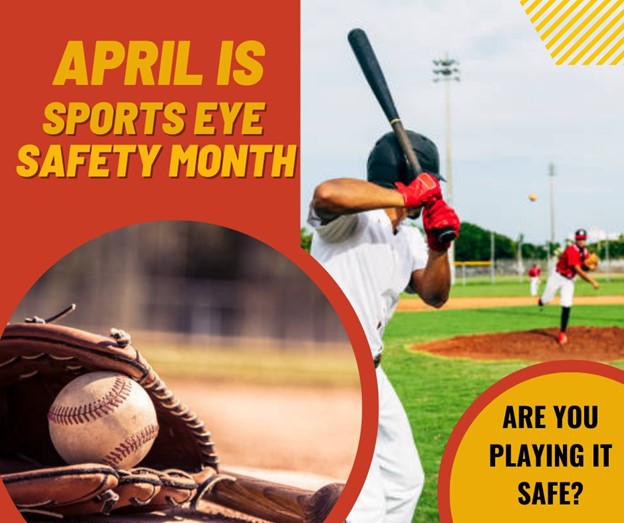
April is Sports Eye Safety Month, initiated by the American Academy of Ophthalmology (AAO) to raise awareness about preventing sports-related eye injuries. Every year, nearly 30,000 sports-related eye injuries are treated in emergency rooms in the United States. It is worth noting that ninety percent of these eye injuries could have been avoided if the […]
March is Save Your Vision Month
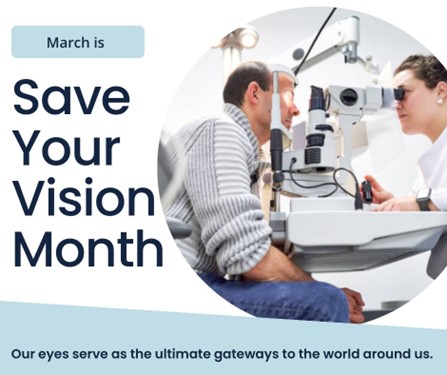
Every March, “Save Your Vision Month” raises awareness about the importance of good eye care. The American Optometric Association (AOA) is the driving force behind this annual wellness observance, primarily encouraging people to get regular eye exams and prioritize their eye health. There are five simple steps you can take to preserve your vision. Make […]
Information About Diabetic Eyecare
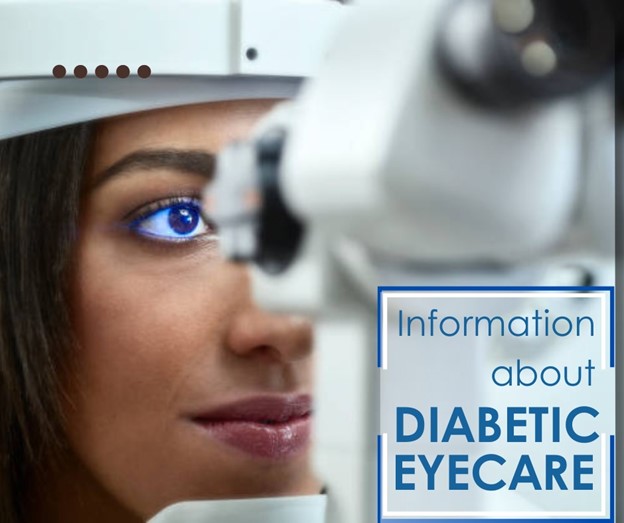
According to the National Eye Institute, diabetic retinopathy can cause vision loss and blindness in people with diabetes. If you have Diabetes, it is essential that you schedule a comprehensive dilated eye exam at least once a year. While diabetic retinopathy may not initially exhibit any symptoms, early detection can help you take necessary steps […]
Highlighting Women’s Eye Health

March is Women’s History Month, a time to recognize and celebrate the incredible contributions that women have made throughout history in various fields such as medicine, culture, and society. It’s worth noting that women in eye care have made groundbreaking contributions that have paved the way for the next generation of female leaders in this […]
Safety Tips for Workplace Eye Wellness Month
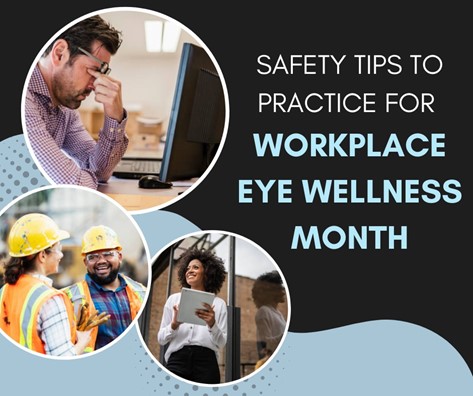
According to the Centers For Disease Control and Prevention (CDC), over 2,000 eye injuries occur daily on the job. Most would think that eye injuries only happen in construction or manufacturing jobs. However, nearly 40% of work-related eye injuries happen in offices, healthcare facilities, or laboratory work environments. Protecting your eyes while working is crucial […]
Interesting Facts About Cataracts

As we grow older, some eye diseases like cataracts become more common. Cataract is a condition where the eye’s clear lens becomes cloudy, leading to a decline in vision. Over 50% of Americans aged 80 or above have either undergone surgery to remove cataracts or are currently diagnosed with it. Initially, cataracts may not be […]
